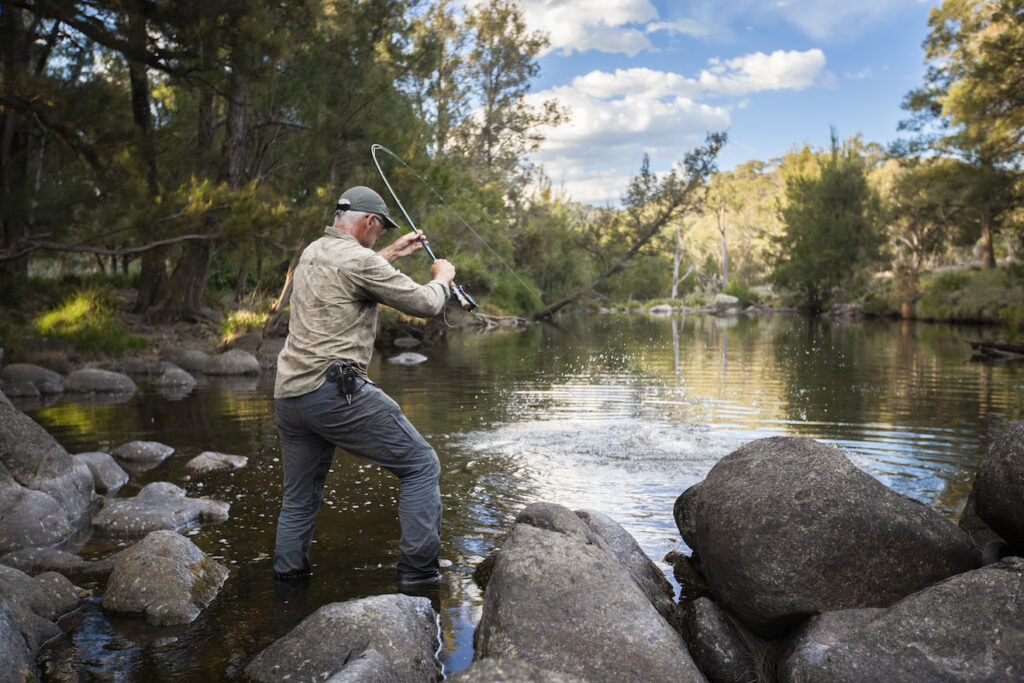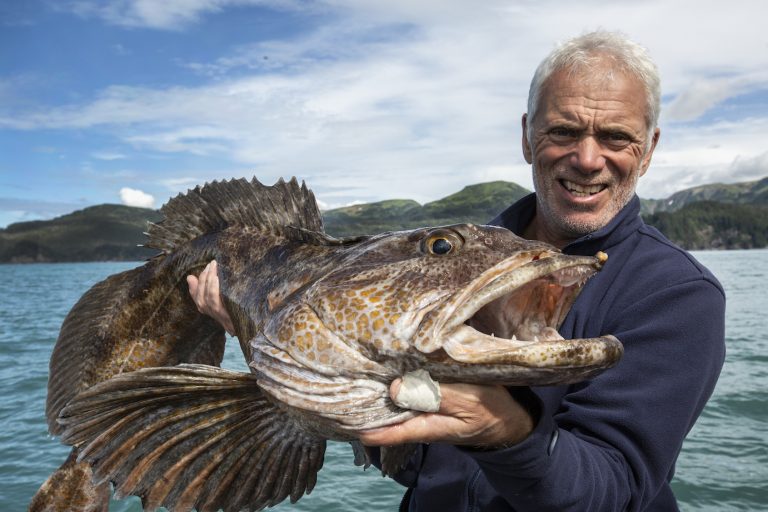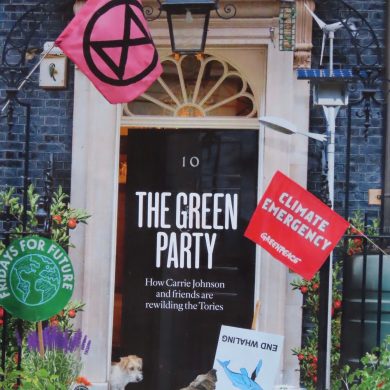Kirsty Hewitt of Fish & Fly, and Keith Elliott of Classic Angling, met up with Jeremy Wade to hear about his new programme “Jeremy Wade’s Dark Waters”. The series sees Jeremy investigate unsolved mysteries in waters around the world, premiering on Animal Planet on Sunday 28thApril in the UK, and Sunday, April 21stat 9pm in the US. Jeremy Wade is a well-known biologist and angler who has thrilled audiences with tales of huge fish in River Monsters and travelled to some of the world’s most iconic rivers in Mighty Rivers.
We asked Jeremy questions from Fish & Fly forum members, and a few of our own.
FF: How long does a programme take from gestation to creation?
JW: Typically the research process is 2 or 3 months. It might involve someone going and doing a recce, who will go and talk to people, see the lie of the land, that kind of thing. Filming is typically 3 weeks, a little bit shorter this time around because we were making more episodes. Then there’s the whole post-production and editing which is a couple of months. So there’s an awful lot that goes into an hour of TV.
FF: And you’ve got to be lucky to find the fish…
JW: That’s the thing, we have to get the fish. Part of it is whether there is a realistic chance of us getting something in the time to show to the camera. If not, there’s no point.
FF: Do you have a ‘one that got away’ story?
JW: There was a fish in India which thwarted me. This was the sareng, it’s a catfish which looks a bit like the European catfish. There were people muttering about this fish, saying it seems to be supernatural, cursed, whatever. There was also a more mundane bureaucratic thing. We were having a lot of difficulties getting permission to fish there, that sort of thing. Apart from that,we still sometimes extend, give it a few more days. One of the episodes this year, we gave it a few more days and we were out for 12 or 13 hours on the boat in the sun on the river. Sometimes we might even have to come back. It happens very rarely. Normally we get it in the time, that really is all about the planning, and how realistic it is.
FF: The goonch was very hard work wasn’t it?
JW: That was actually the first one we did, and that was the longest. The original shoot was about 5 weeks. Originally we weren’t planning to catch it, we just wanted to get the underwater footage because nobody had got that before in the wild. So we got that, and then the main man at Icon films said really we need you to catch one as well. So I stayed out there a bit longer, then we came back, and then we came back again. I think altogether I spent a couple of months on it. That was originally going to be just one programme, but we went over budget. As soon as we went into multiple episodes, not catching the fish was not an option.
FF: In the old days the Maharajahs used to send their men ahead to catch the goonch out, so they wouldn’t be there when they went fishing didn’t they?
JW: Yes, they’ve gone from being the vermin of the water, you couldn’t avoid them, to now being a bit like the underwater yeti.
FF: The Oarfish was pretty interesting too.
JW: That was luck, it was incredible. We had such an embarrassment of visual riches, we were filming the oarfish before we’d even set the place up. We needed a shot of me in the water saying where I was and what we were looking for. While I was doing that, the cameraman was rolling, he used to film Jacques Cousteau back in the day. So I’m just talking to the camera, and while I’m filming he just goes like that (points), and this oarfish was looking over my shoulder in the shot!
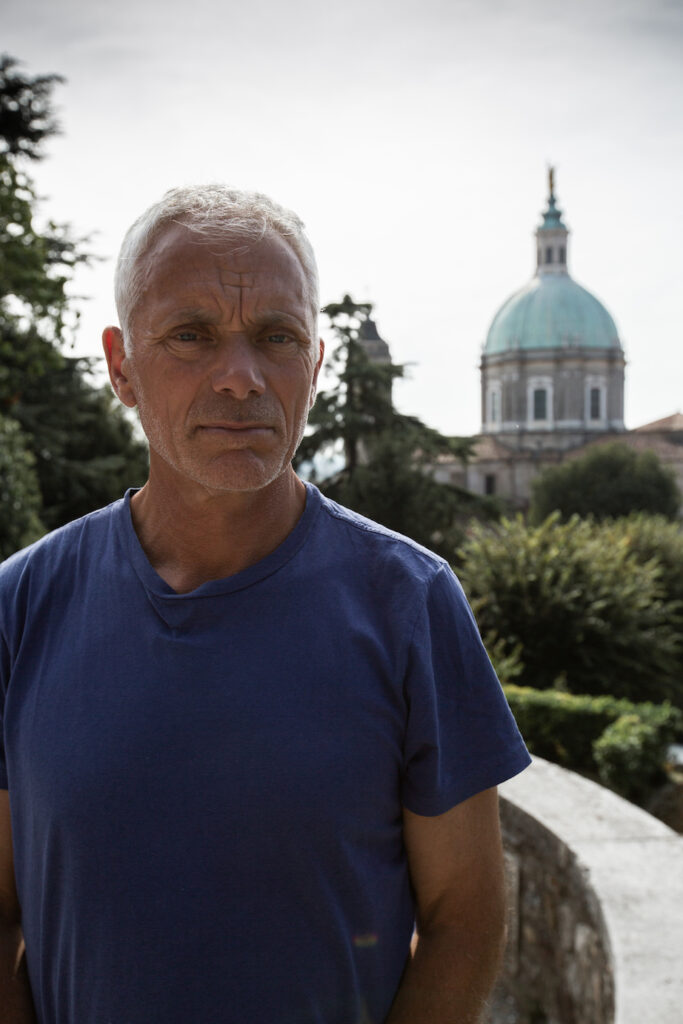
FF: What’s your favourite episode in the new series?
JW: We kicked off with an episode that starts in Lake Garda, the Lake Garda monster. There are lake monster stories all over the world, most of them you look at and go ‘Yeah, actually there’s no chance we’re going to see anything.’ The thing about Lake Garda is you inevitably make comparisons with Loch Ness, where you’ve got this long narrow mountainous horrendously deep water. Actually, there’s no food there, there are no shallows, no weeds, no small fish, so where’s the food for a monster? You look at Lake Garda, and the northern half of the lake is like Loch Ness. The southern half where it comes out of the mountains opens out, it has shallow areas, you walk around it and see massive chub swimming around. You can see there’s food there, so the story could have legs. And also, it was a new destination for us, amazingly scenic, just wonderful mountains. I spend so much time in very claustrophobic jungles, that the mountains, the Italian food, it was fantastic.
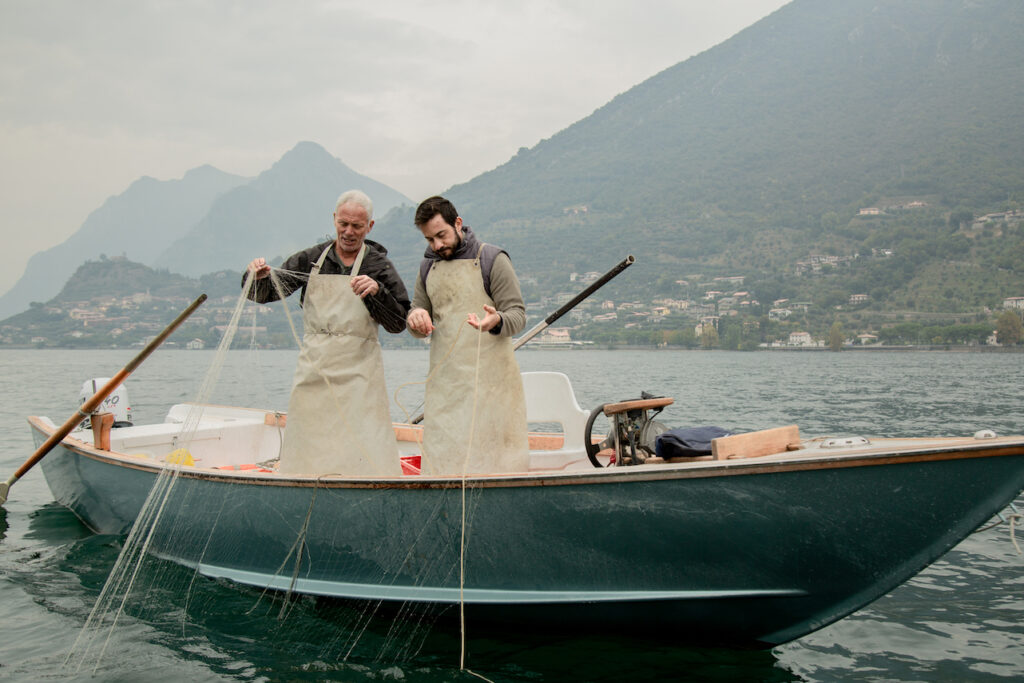
In New South Wales, the river monster story I looked into was that some guys managed to sink their boat while they were fishing. They went back a couple of weeks later and tried to salvage it, and something in the water was having a go at them. That led to ‘What could that be, what large freshwater fish is there in Australia?’. There is a fish in Australia which I thought had disappeared, it’s a fish back from the brink of extinction. I don’t fly fish a lot, I’m a bait fisherman.
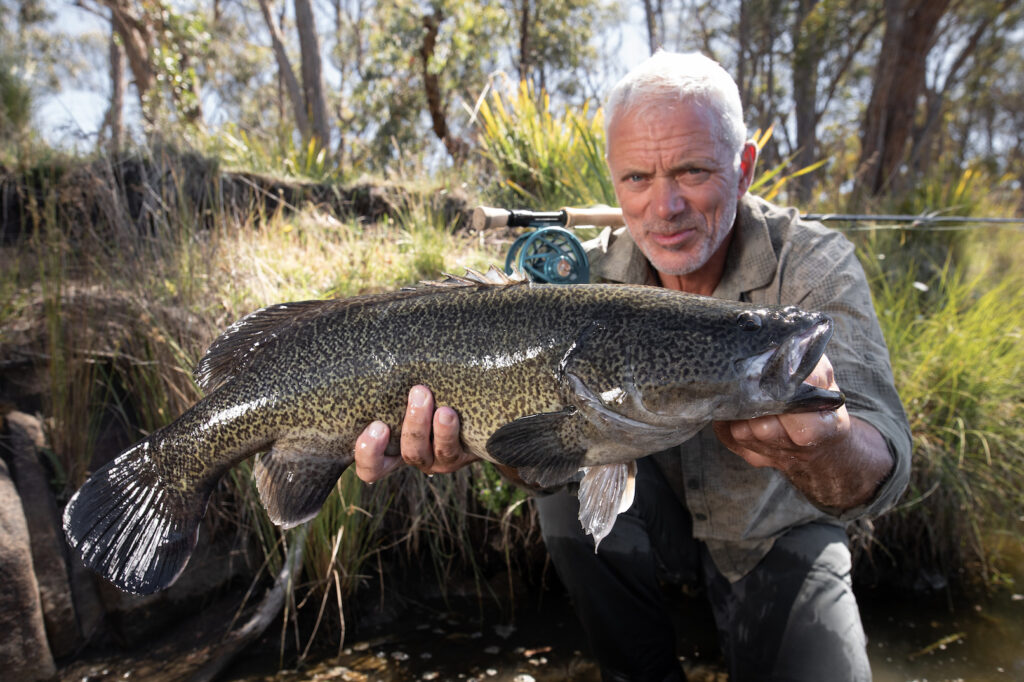
FF: The arapaima must have been a challenge, in the heat with those great big flies?
JW: Luckily I had a bit of time to work on my casting. I didn’t really work up through light fly fishing etc, I just suddenly found myself with an opportunity to fly fish, but it was like 10 weight, 12 weight etc. I ended up in Australia fishing 10 weight and a lot of that was surface lures, just really great fishing and a lot of fun.
FF: When you were making the series, did you ever encounter locals who didn’t want you to investigate their local legends?
JW: Yes, it’s interesting. One of the episodes we filmed was in the Kimberley, in North-West Australia. We ended up with an Aboriginal guy, and it was quite emotional actually. We were going back to this place where there used to be a community, and the community had been moved. They’d all gone. So he came with us and it was interesting, he was a very Westernised guy, and he was saying ‘This is the first time I’ve been back here in 20 years….my daughter, this is where she opened her eyes’ and he was talking about his grandmother, who was attacked by a saltwater crocodile. In TV terms, one of the big things there is about fishing, but keeping safe. We had people there saying, ‘You don’t want to stand next to the water’. So I’d be up a bank, and they would tell me ‘You’re still too close’. I’m going ‘No, you’re joking’ but they can get you, they will jump out of the water 2 or 3 metres, that’s their modus operandi. That’s what crocodiles do, they just sit there. And so for us that’s a big thing. I’m trying to catch fish, but I’m trying to avoid a crocodile like that. So we’re obviously there with this guy whose grandmother had a very close experience. So we asked him to tell us about it, and he didn’t want to tell that story. And that’s fine obviously. You know in TV terms we want the story, but if someone doesn’t want to that’s absolutely fine.
For one of the other episodes we were in South Africa looking into myths about mermaids, which go back a long way, but also in recent years people have seen things in the water. It’s normally at night, moonlit, and people see something that appears to be a woman drowning but getting closer. They talk about seeing a shimmering body, sometimes glowing red eyes, and sometimes they talk about a feeling of almost being rooted to the spot, being hypnotised. One particular story we were told by a third party, but it was the same thing, the actual person that it happened to didn’t want to talk because they associated that with bad things that happened within the family.
What we were trying to do was find out, yes this is a supernatural thing but is there anything in the natural world which might intersect with that, which might feed into some of those stories. Is there an animal in the river that’s human sized, that could possibly explain it? It was a fascinating investigation actually.
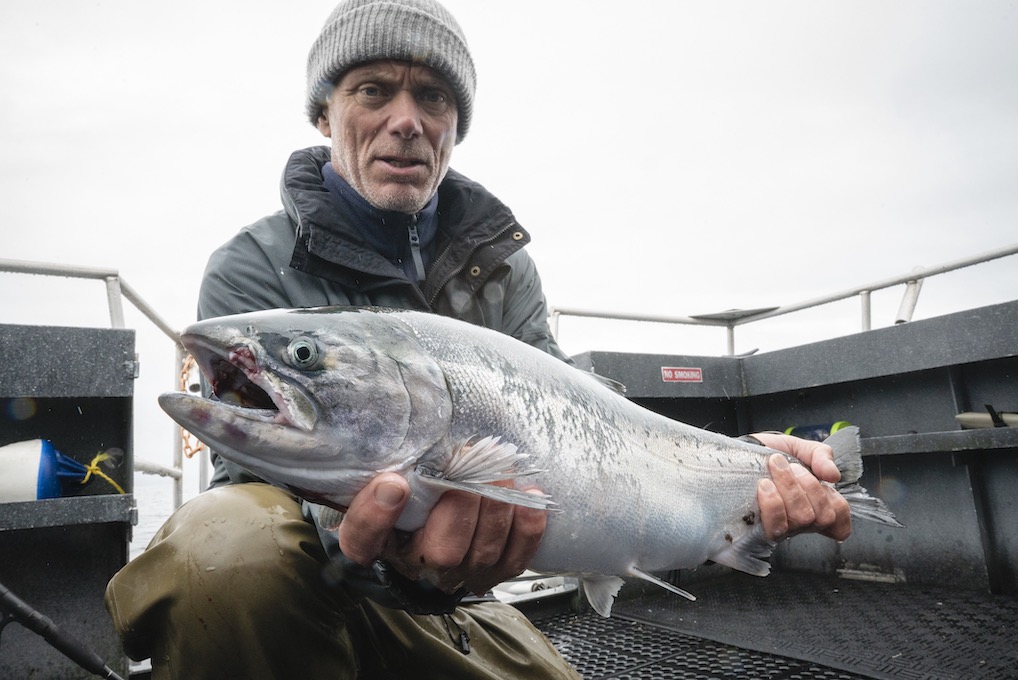
FF: We haven’t seen you kill a fish on camera, so what are your thoughts on catch and release? Does it work/make a difference?
JW: A lot of people (mostly non-anglers) take freshwater fish populations for granted, but they are very vulnerable to over-fishing. Just about everywhere in the world where people take fish from the rivers to eat, they are finding it harder and harder to find and catch fish. It is possible to balance fish removal with natural fish replacement, but this is very rarely achieved. It requires regulation and enforcement. Or it requires stocking. Or, in the case of places where we have the luxury of other food sources, it requires catch and release. And it definitely makes a difference. It’s the reason healthy rivers stay healthy. Imagine if all UK coarse anglers took their fish home, or still put “trophy” fish in glass cases – the rivers would be empty in no time. Eating a fish from a river used to be a birth right, but those days are long gone. Now it’s our duty to put them back.
FF: Would you ever consider making a documentary highlighting the salmon fish farming industry and its impact on our native wild salmon and other wild fish stocks?
JW: It’s not the kind of programme I’m making now or thinking about making, but if I return to a more openly environmental theme, as in my recent Mighty Rivers series, then the down-sides of fish farming is something that we didn’t have space to cover before, which would definitely be worth looking at.
FF: What’s the best river improvement scheme you have seen?
There’s an awful lot in river improvement in the US. We did the Mighty Rivers series and everybody was talking about the Clean Water Act, which really turned things around there. Unfortunately now things are starting to move backwards there.
FF: A lot of the Mighty Rivers series was pretty depressing, with what was happening to many of the rivers wasn’t it?
JW: It was. What we tried to do with the series was sort of counteract that a bit with some good news stories. What was encouraging was that sometimes it was just one or two people making a big effort and a big difference. If just a couple of people can do that, then it does help you to overcome that sort of slightly resigned feeling that there’s nothing we can do. It’s not so much regeneration, but we made an episode in Alaska about the King Salmon. What’s happening to them is that in recent years they’re not returning in the numbers. In certain circles these days management and regulation is a bit of a dirty word, but Alaska have really shown the way to manage fisheries, they don’t take the fisheries for granted. It’s a very tough job with conflicting interests but they generally do a very good job of managing particularly the salmon. There’s something at work now which is really challenging them.
It’s a little while since I’ve been there but at the Columbia river, in the Pacific Northwest near Washington, they did an amazing job of getting the sturgeon back. Not all the way up the river, the river is still dammed, but the sturgeon had pretty much disappeared. With sturgeon having such a long lifespan and taking such a long time to reach maturity they had to stop people fishing for something like 50 years, it was a really long-term thing to bring the sturgeon back. I caught a 9ft 300lb sturgeon from there in season 2 of River Monsters. That’s just a really good example of what can be achieved if there is the will there.
FF: If you ever decide to settle down, which river would it be by?
JW: Hard to say. There’s a small river near where I live now, but I don’t get the chance to fish it very often. It has chub, roach, pike, and wild brown trout. If I get a break from fishing on TV I’ll go and spend some time down there.
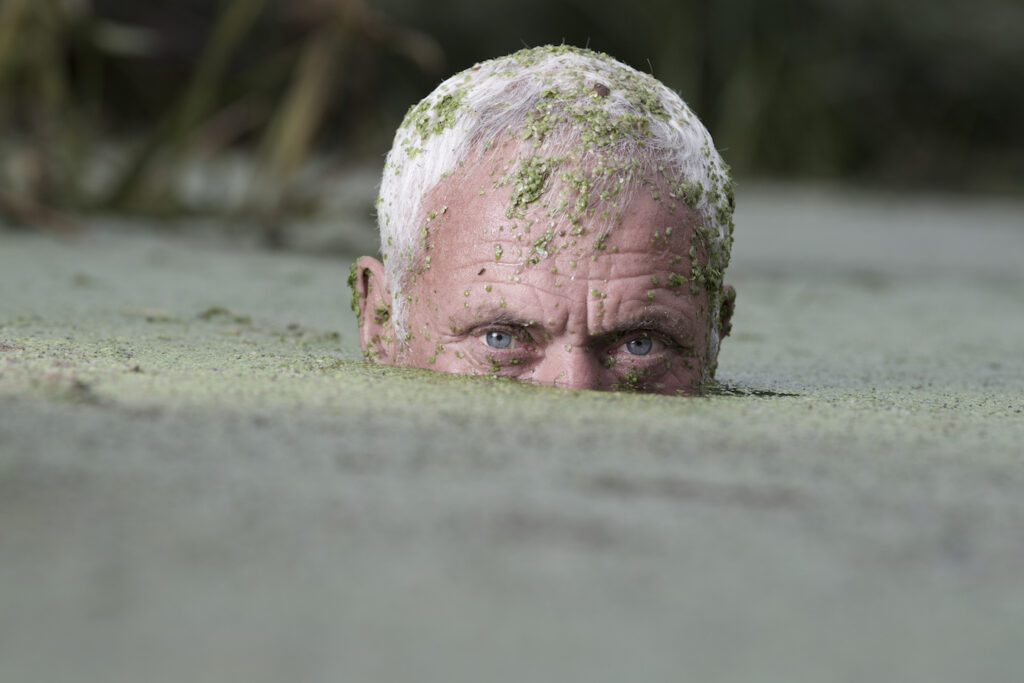
FF: Have you had any serious illnesses, because you’ve been to some pretty exotic places?
JW: I’ve had malaria, in Congo I had what I’m pretty certain was cerebral malaria. I thought it was heat exhaustion to start with. It had a quite nebulous start and then it got into that very definite routine of shivers and sweats, and then all the time it was getting worse as well. At the end of the day I would suddenly get really cold and crawl into my tent and just cover myself with stuff. Then I would wake up in the night completely boiling. I would take all my clothes off and stand outside with my arms in the air to radiate the heat, which of course is when the mosquitoes bite you. My urine was turning almost black, and my vision started to go, almost like a whiteout. At that point I was carrying a remedy, a very powerful medication that you don’t take unless you’ve got malaria.
FF: Do you take a doctor with you?
JW: No, but we do have people trained in remote area trauma, what happens if someone has a serious bleed, all that emergency stuff. Obviously either there’s mobile coverage or we have a satellite phone with a number to call. There is very much a routine that we follow which we have modified in light of incidents that we have had. We’ve realised we can do it a better way, we can take more responsibility rather than being totally in the hands of someone on the end of a phone line, there are certain things that we do immediately. It’s one of those things that’s very much about mobility. Often we’ll have two boats, or one aircraft of a certain size. As soon as you start adding people then you can’t move as much. A lot of our people are multi-tasking, on the technical side but also they have training for other things as well.
FF: What has your scariest moment been on your extensive travels? Have you ever felt that you were putting yourself in extreme danger?
Probably the time when my plane crashed in the rainforest just after take-off in the Amazon, when we were fishing for arapaima. The only way I got through that was literally by just trying to focus on, not even the day, just right now, what am I doing. Don’t think long term, don’t think about how long it’s going to take just to get out of here and to get back.
I have had a disappointing lack of injuries I guess. It’s things like being in India driving on a bus on the side of a mountain…it’s roads, it’s transport…you look at the tyres and it’s that kind of thing that worries you, rather than the fish, because you can plan for the fish. The responsibility is yours. It’s when you’re perhaps being looked after by somebody whose way of looking at life is all about karma, it’s nothing to do with whether the vehicle is well maintained or not.
FF: Do you take security with you on your trips?
JW: I’ve had security in places, but it’s normally been at the insistence of somebody else. I think that it’s a layer of insulation between you and the place, and if you’re doing it like that, then why bother?
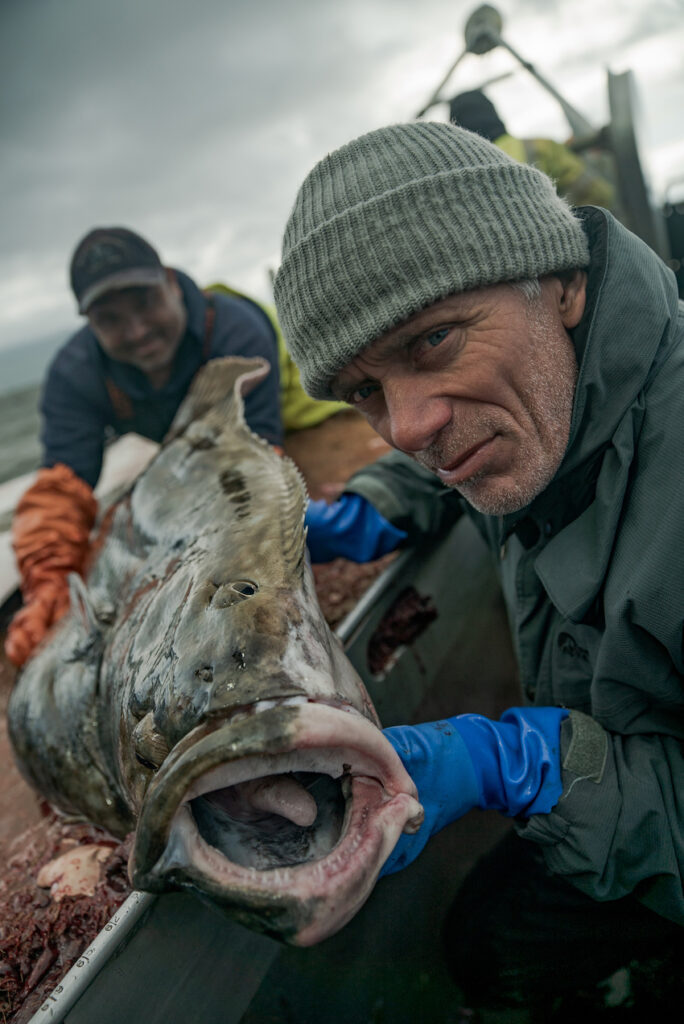
FF: What do you always take with you on trips? It’s quite a small tackle box you take isn’t it?
JW: The conditions vary quite a lot. When I was travelling on my own I got into the habit of packing very light because I was limited in what I could carry. Now I could get away with taking more, up to a point, but I still tend to travel light. I think a hook file is very important, polarising sunglasses, if I’m fishing wild it’s crimping pliers. The right type of crimps just give you a much stronger trace than if you use the conventional cylindrical ones. One thing that’s also important is for the production company is how to make programmes that have a conservation message when you are flying all over the place and burning through fuel with all that stuff? There’s a scheme known as Albert, we do an environmental audit of the carbon footprint of each production. We’ll also do things like hire people in country, take our own water bottles, we will try not to have disposable plastic. Little things like that are every bit as important. I’ll take a swig out of my bottle on camera just to get the message across.
FF: Having fished all over the world and ticked off most people’s fishing bucket lists, is there anything left that you would love to try? What would you consider your dream fishing?
JW: It’s going to be a very boring answer…there’s possibly a couple of things which I’m keeping to myself in case I end up doing them. There are quite a few places I’d like to go back to. The thing about fishing for a programme is that it’s normally about getting one fish that’ll work for the end of the programme. Something like the arapaima, where you can catch the arapaima and then you’ve cracked it. I’ll have seen some other fish there, but then we have to stop and that’s it. So often I’d like to go back to a place without the crew.
FF: What impact do you think the Wels Catfish will have on a river such as the Thames? One of the weirpools appears devoid of fish and there are rumours of a huge catfish living there, eating and scaring off the fish. Does this sound plausible?
JW: It’s a bit of an open secret now that there are wels catfish in parts of the Thames. It’s rare though that a predator eats all the food fish, even a non-native predator. Eventually an equilibrium will be reached, probably a situation where a few large fish are quietly lurking. One good thing about the Thames, from the point of view of the native fish, is that the water is not as warm as the wels like, so they spend a lot of the winter very inactive, and don’t grow to the sizes you see in mainland Europe.
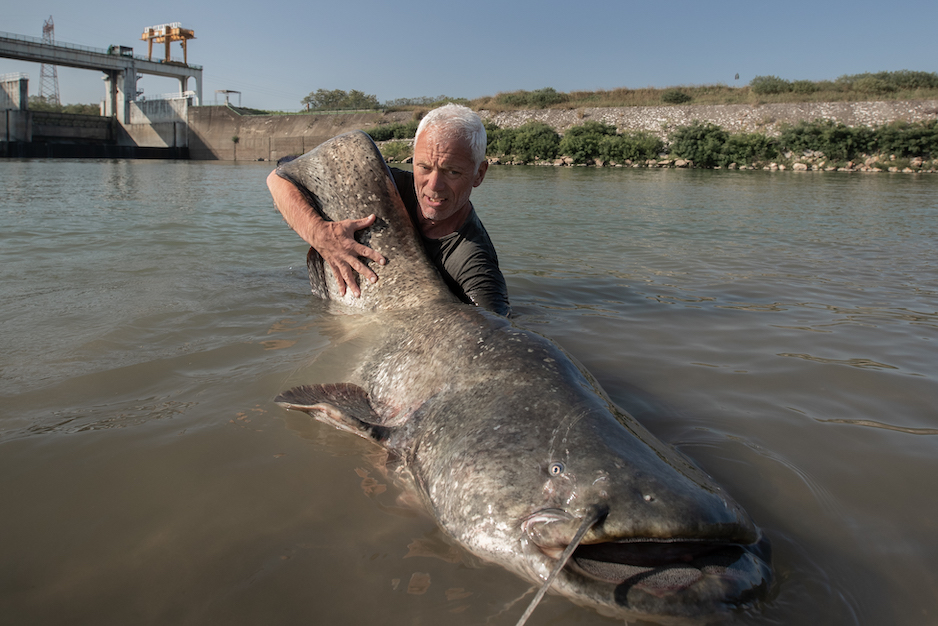
FF: In your extensive experience what typical percentage of these stories of “man-eating” fish are pure myth versus proven reality?
Stories have a tendency to mutate in the telling. So there are many exaggerations and some are complete invention. But a lot have a grain of truth somewhere. Even so, I have to point out that most of the incidents I report are exceptional events, the result of a unique combination of circumstances, of somebody being in the wrong place at the wrong time. In most cases the chances of being bitten/stabbed/rammed/pulled under by a fish are very small – and much, much smaller if you know what’s in the water and understand its behaviour.
FF: If given a totally free hand, what would your chosen programme topic be for an indigenous UK fish?
JW: Pike exert a powerful fascination on anglers and the wider public. But for a more complete story you’d need to broaden out a little and include Ireland.
FF: Do you think there are untouched waters still out there that harbour a leviathan undiscovered or previously thought extinct?
JW: Big individuals yes, but getting fewer all the time. An unknown species of giant fish, no (unless you include something like a new species of arapaima in South America, which has minor genetic and anatomical differences while basically looking the same). But watch the Dark Waters episodes and you’ll see a fish that was thought to be on the way out making an impressive comeback.
FF: Crazy River is often lauded as the best fishing book ever written. Both you and Paul did an excellent job. Why did you never do a follow up sequel to it?
Thank you – it is certainly a bit of a one-off. And I think for that reason it stands alone.
FF: What is your proudest moment in your TV career to date?
JW: Maybe the capture of the goonch catfish, the first River Monsters episode we ever filmed – when I had to jump in after it, into a raging monsoon-flooded river. It wasn’t a moment of unthinking madness, but something I’d thought about and planned as a measure of last resort. If I’d not done that I wouldn’t have caught the fish, and if I hadn’t caught that fish, none of the other programmes would have happened.
